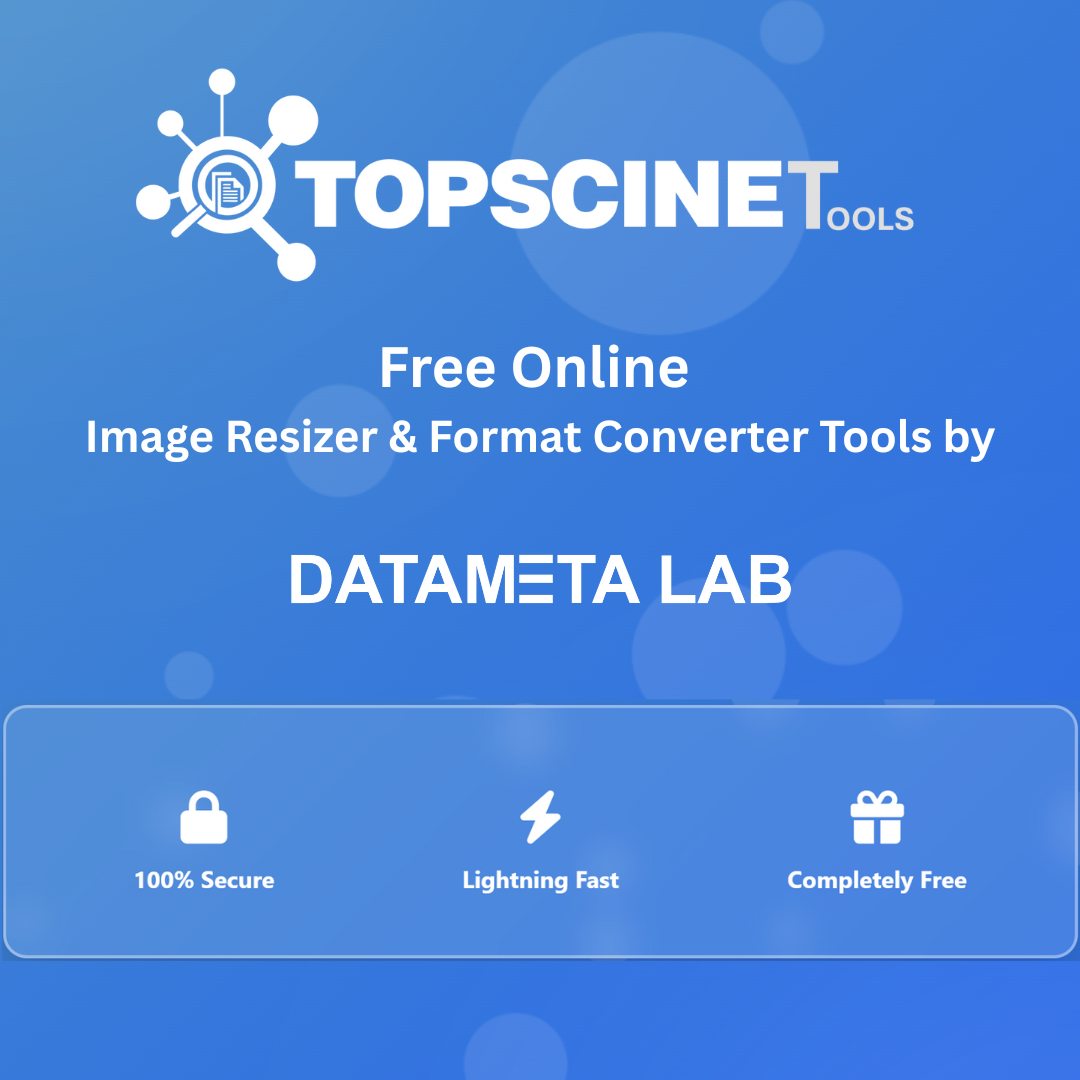About us

World's Top 2% Scientists
Stanford University’s list of “World’s Top 2%” scientists is based on a 2% or above percentile rank, or the top 100,000 by c-score (with and without self-citations). This prestigious list identifies the world’s leading researchers, representing approximately 2% of all scientists worldwide. It encompasses standardized data on citations, h-index, and a wide range of bibliometric indicators. Researchers are classified into 22 scientific fields and 174 sub-fields, drawing from Scopus data provided by Elsevier through ICSR Lab.
Stanford/Elsevier's Top 2% Scientist Rankings
Stanford’s Top 2% Scientists is an esteemed ranking that identifies the most cited scholars in their fields. This ranking, derived from Scopus database data, highlights researchers whose work has had a significant impact across various scientific disciplines.
Methodology & Selection Criteria
The ranking is based on a composite indicator (c-score) calculated from six citation metrics:
- Total citations (NC)
- H-index (H)
- Hm-index (H-index adjusted for the number of authors)
- Citations to single-author papers (NCS)
- Citations to single or first-author papers (NCSF)
- Citations to single, first, or last-author papers (NCFSL)
The c-score combines these metrics to provide a comprehensive measure of a scientist's impact, accounting for both the quantity and the quality of their contributions.
Selection Criteria: Top 100,000 Scientists: Scholars are ranked based on their c-score, including and excluding self-citations. 2% Percentile: Scientists in the top 2% of their sub-field are also included. Field and Sub-field Classification: Researchers are categorized into 22 scientific fields and 174 sub-fields based on the standard Science-Metrix classification.
Data And Updates
- Career-long Impact: Metrics cover the entire career of a scientist up to the end of current year-1.
- Recent Year Impact: Metrics focus on citations received during current year-1.
- Latest Version: This latest version is based on the Scopus snapshot of October 1, current year.
- Transparency and Accessibility: This is a publicly accessible database that includes standardized information on citations, h-index, co-authorship adjusted h-index, and the c-score. Metrics are available with and without self-citations, and field-specific percentiles are included for all scientists with at least five papers.
For more detailed information, visit the ICSR Lab.
Important Notes:
- Profile approval/rejection and registration confirmation emails will be sent from info@datametalab.com. Please do not reply to these emails.
- For all other inquiries, use our Contact Us form or email top2percentscientist@gmail.com.
- The advertising email (business@topscinet.com) is strictly for advertising-related communications. We cannot address other queries sent to this address.
- We strive to assist you with any questions regarding our prestigious list based on Stanford University and Elsevier data. Our team is dedicated to providing information about leading researchers across various scientific fields and sub-fields.
